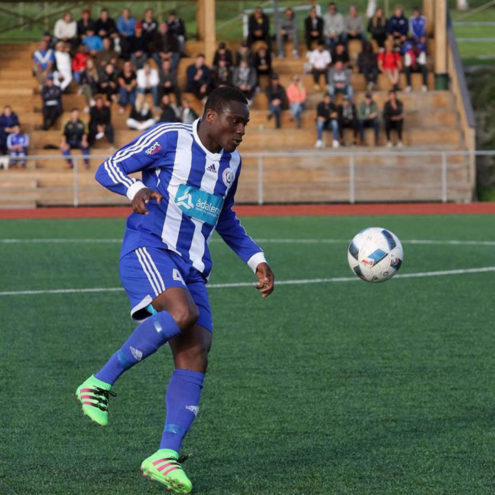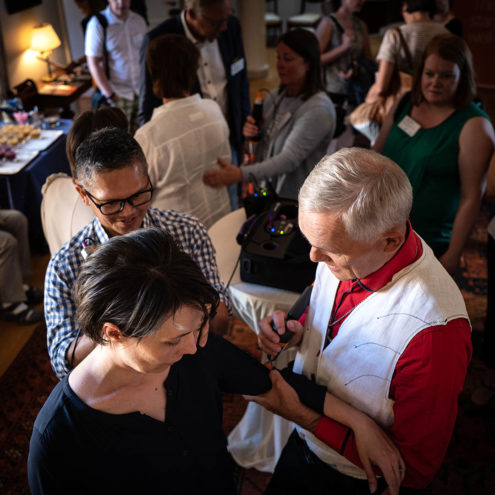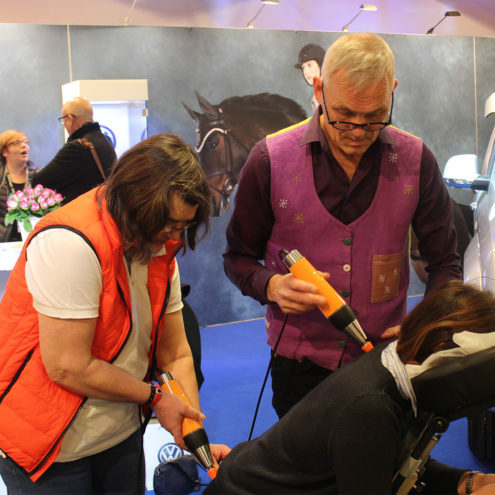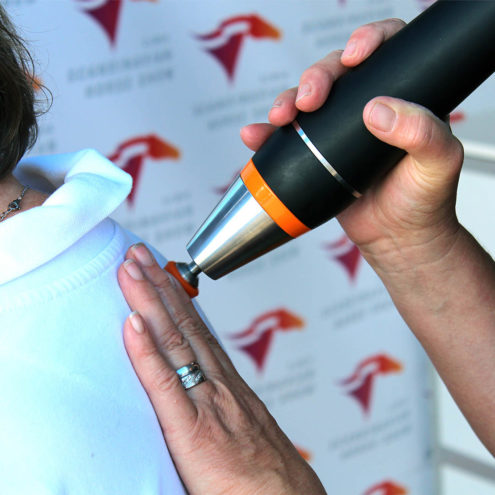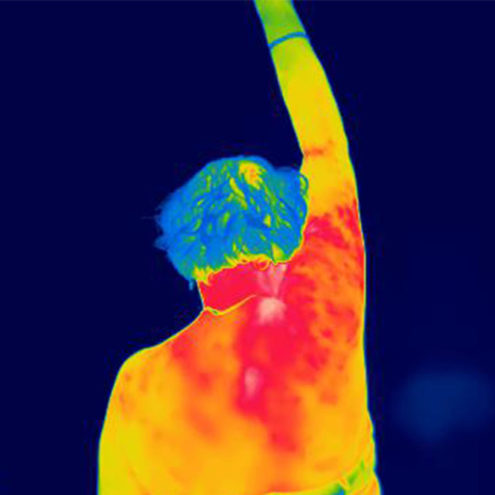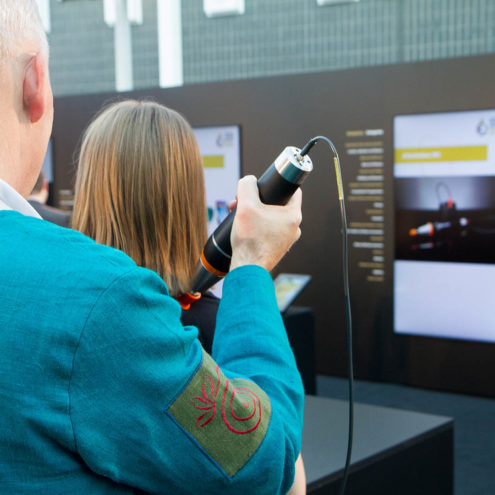Broken wrist
The wrist is made up of eight small bones and forms the joint between the five finger bones of the metacarpus and the two bones of the forearm, the radius (on the thumb side) and the ulna. A broken wrist means that you have a fracture, a broken bone, in one of the small bones of the wrist or, most commonly, the lower part of the radius. A “milder” form is if there has been a crack, a fissure, in one of the bones.
Broken wrist – What is it?
The most common type of broken wrist is a fracture of the lower part of the radius, which is adjacent to the thumb side of the wrist. A fracture can also occur in any of the eight small bones that make up the wrist itself. A fracture means that a bone is broken, has broken off. When a bone breaks, other tissue around the bone(s) is also damaged. This can include the joint capsule, ligaments, tendons, nerves and other fascia around the joint.
Symptoms of a broken wrist
A broken wrist hurts a lot, especially when you move your wrist. The wrist becomes inflamed and swollen. It may also become bluish due to bleeding in the tissue. It also becomes difficult to move the hand/wrist.
Similar symptoms can be found if you have an overworked wrist or a swollen wrist.
What causes a broken wrist?
If you are generally healthy, a broken wrist is almost always caused by trauma. The most common is that you fall accidentally and catch yourself with your hand. The wrist can also be broken when you bump your hand on something hard, for example when you catch a hard ball in ball sports.
When and where should I seek treatment for a broken wrist?
If you suspect that your wrist is broken, you should immediately go to an emergency room to have it x-rayed and assessed by a doctor.
How is a broken wrist treated?
Once a doctor has assessed the position of the broken bones, the wrist is put in a plaster cast to stabilize the joint and avoid the risk of further dislocation. Sometimes surgery is required to repair the bone ends. A cast is left in place until the bone ends have healed again, about six weeks. While the wrist is in a cast, it is beneficial to have treatment at a Fascia Clinic to help keep the flow going, which helps the body heal. Careful movement of the fingers and arms and shoulders is also important to keep the muscles, movement and circulation going in the arm and out into the fingers. Once the cast is off, movement training is needed to regain full mobility and strength in the hand and wrist.
Broken wrist – What can I do myself?
What you can do right before you go in to have your wrist x-rayed is to wrap it firmly with an elastic wrap. This is to stabilize the joint and reduce unnecessary movement and pain.
Exercises for broken wrists
Before the wrist is cast, it should be kept still. During the healing period, it is important to move the fingers, arms, shoulders and shoulders as much as possible to facilitate flow through the wrist into the fingers. The wrist itself is held still by the cast. Once the cast is removed, the wrist needs to be trained again slowly to avoid overexertion, as the muscles in the arm have lost strength.
 Search
Search











